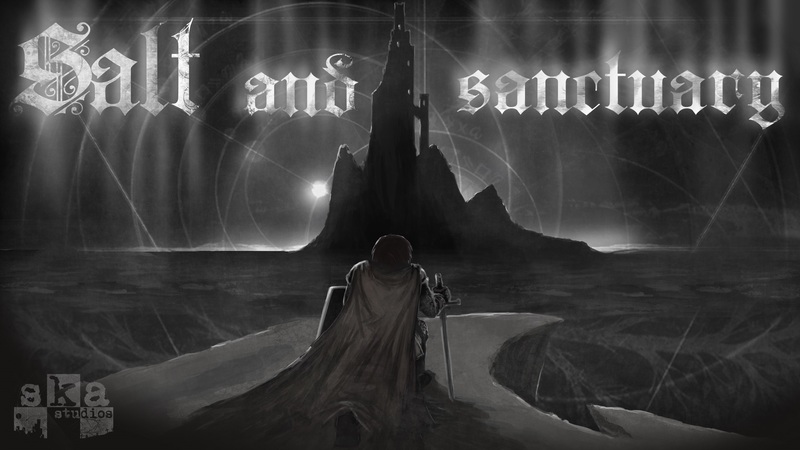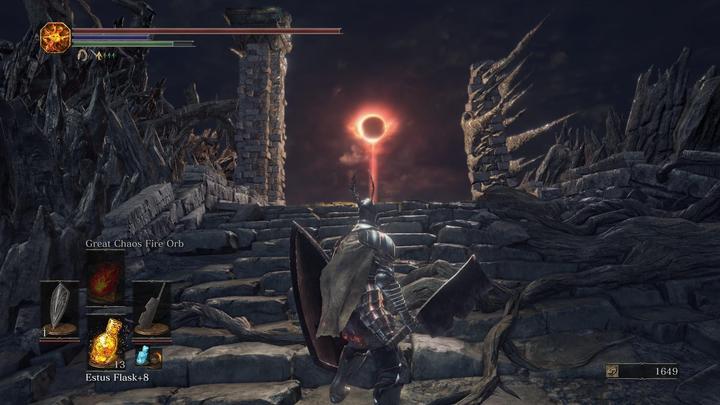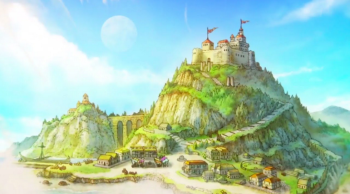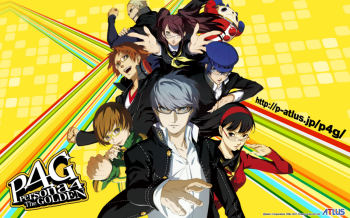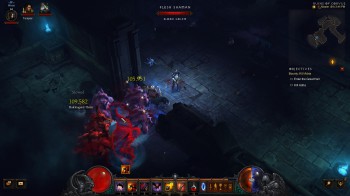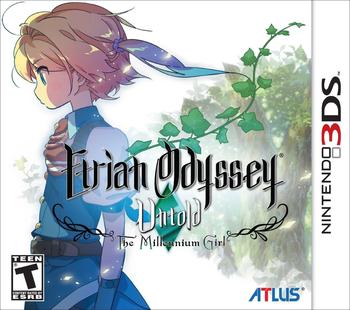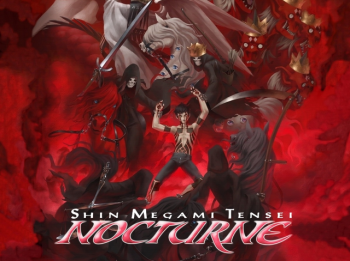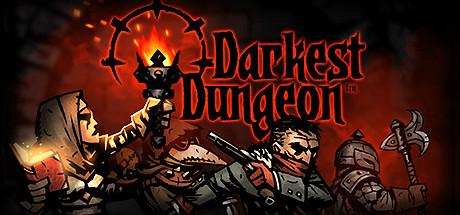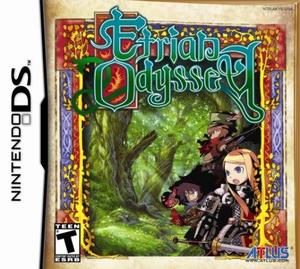Modular: The RPG Fusion of Dragon’s Dogma
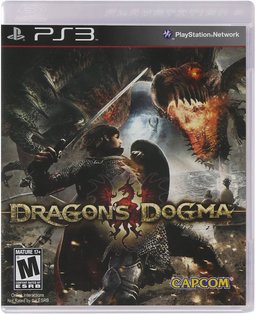 Dragon’s Dogma is Capcom’s attempt at creating what could be considered Skyrim meets Monster Hunter. The game is an open-world RPG where you and your party fight giant monsters, and I do mean giant.
Dragon’s Dogma is Capcom’s attempt at creating what could be considered Skyrim meets Monster Hunter. The game is an open-world RPG where you and your party fight giant monsters, and I do mean giant.
In their attempt to combine these two, they took one of my least favorite games and mixed it with one of my favorites; leaving me somewhere between the two.
A Dragon-Gone Day
The story of the game is that you are an Arisen; a being with the ability to lead beings called Pawns to battle. When your heart is eaten by a dragon, you begin a quest to get it back and save the world.
The game space is huge for a Capcom game, as you wander through a world full of monsters and really big monsters (but more on that in a minute.)
Unlike other RPGs where you’ll create one customized character, Dragon’s Dogma lets you create two. Your main pawn is your constant companion and you are free to completely customize them as you see fit. Pawns are the name of the game, and will determine whether you’ll succeed.
